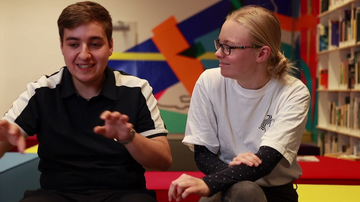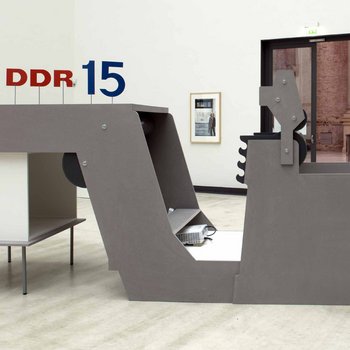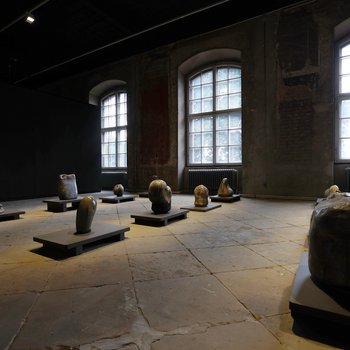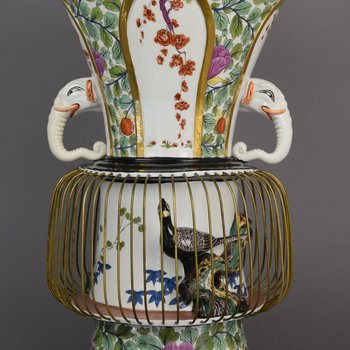How did handmade luxury products reconcile with socialist ideology? Who bought Meissen porcelain, and where? What international relationships were cemented, and what diplomatic role did porcelain play? Did “Manu” workers enjoy special privileges, and were artists given free expressive rein?
A broad range of questions occupied both the Porcelain Collection workers and the members of the FUTUR III youth advisory board, who only know the days of German division from their history books. The topics covered by MeissenLab were selected at an informal discussion in August 2022 in Dresden’s Zwinger, partly inspired by original pieces found in the depot.


Also of interest:
In 2022 and 2023, Staatliche Kunstsammlungen Dresden are fixing their gaze once again on GDR times in their research and exhibition project “Kontrapunkte” (“counterpoints”), funded by the German Federal Cultural Foundation. Based on their own holdings and the history of their collection, fresh perspectives are being developed on art in the GDR, how it was seen and the significance allotted to it in the past and present, with the addition of international viewpoints. To this end, a range of physical and digital formats are in the pipeline, information on which will be provided on this platform.

The firing of clay is one of the earliest technologies discovered or invented by man. A variety of work featuring ceramics as well as film and images created by Rome Prize winner Benedikt Hipp will be among the exhibits on display as part of the new exhibition “Eppur Si Muove – Und sie bewegt sich doch” at the Japanisches Palais (Japanese Palace), which happens to be the original location of the Porzellansammlung. In the following, Hipp offers insights into how he himself experiences and observes the creation of his ceramics – from collecting clay to the fired object.

Every German knows the saying about the elephant in the china shop (in English it’s usually „the bull“) and so it may come as a surprise that there are elephants in Dresden's Porzellansammlung (porcelain collection). However, these are themselves made of the fine material and so they do not cause any damage, but would rather themselves be threatened by the dangers that the proverbial elephant means for the precious material. In a cooperation with Fraunhofer IKTS, it has now been possible to restore one of the elephants in the Porzellansammlung that was missing its trunk using 3D printing.
